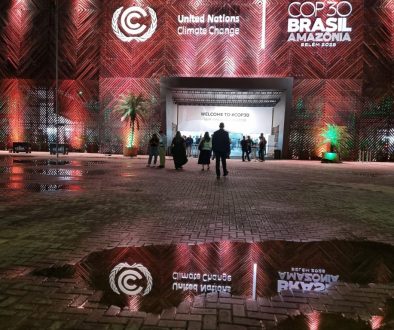Using paper saves trees – a South African perspective
We can all agree that “digital is not going away” – it is very much a part of our world. I’m using it to publish this post. But even in this multimedia, multiplatform world, paper is not going away either. And that’s a good thing. Especially for trees.
The words of Greenpeace co-founder Dr Patrick Moore are a good point of departure: “We should be growing more trees and using more wood. If [those] land owners had no market for wood, they would clear the forest away and grow something else they could make money from instead. When you go into a lumber (wood) yard, you are given the impression that by buying wood you are causing the forest to be lost, when in fact what you are doing is sending a signal into the market to plant more trees.”
Given that in South Africa, paper is made from farmed trees, we can easily replace the word ‘wood’ above with paper.
Paper goes beyond common A4 printer paper from which the flawed antidote of “paperless” has emerged.
Paper includes packaging – from the boxes in which computer equipment is protected during shipment to the box that teabags come in; from your morning cereal, to the label on the coffee jar, to the bag of sugar and to the milk carton; from the tissue box to the bag and box that contained your takeaway lunch. It also includes books, magazines and newspapers. And then the important things like toilet paper, facial tissues, paper towel, feminine hygiene and diapers.
I won’t even go into the number of fibre-based, cellulosic innovations that are set to rival fossil-based materials.
Paper saves forests
South African paper products are produced from a renewable resource, in the form of:
- Wood pulp from trees farmed sustainably managed timber plantations (not from the wood of indigenous trees)
- Recycled paper fibre
- Bagasse (byproduct from sugar cane processing)
Just like most industries, paper manufacturing has an impact on the environment, but this is mitigated through the carbon sequestration by plantations, and the release of oxygen; the use of biomass-based renewable energy (derived from by-products of the papermaking process), emission reduction and water recycling initiatives, biodiversity conservation at plantation level as well as the promotion of paper recovery and recycling.
Carbon capture
In papermaking, the timber is chipped, pulped and paper is made and converted into countless products that we connect with all day, every day – in the kitchen and bathroom, at the office, at the supermarket and while travelling.
Through the papermaking process, carbon (from the CO2 absorbed by the trees) remains locked up and out of the atmosphere. And by recycling paper, we keep this carbon locked up. Destined for landfill – a compact, anaerobic environment – paper (mixed with other waste) will degrade and release gases such as methane which is 25 times more potent than CO2.
While there is no doubt that digital technologies offer security, integration, immediacy and convenience, using the mantra of “saving forests” to promote digital means needs to stop. Because it is simply untrue.



